Submitted:
27 November 2023
Posted:
28 November 2023
You are already at the latest version
Abstract
Keywords:
1. Introduction
2. Materials and Methods
2.1. Study Area
2.2. Soil Sample Collection and Analysis
2.3. Vegetation Collection and Analysis
2.4. Statistical Processing and Mapping
3. Results
3.1. C Stock at the Kolezhma Plot (the White Sea)
3.1.1. Soil C Reserves
3.1.2. Above-Ground Plant Biomass C Reserves
3.2. C Stock at the Gakkovo Plot (the Baltic Sea)
3.2.1. Soil С Reserves
3.2.2. Plant Biomass C Reserves
4. Discussion
4.1. C Stocks of Coastal Ecosystems
4.2. The Role of Allochthonous C
4.3. Ecosystem Services of Coastal Wetlands
Author Contributions
Funding
Data Availability Statement
Acknowledgments
Conflicts of Interest
References
- IPCC. Climate Change 2007. Synthesis Report. Contribution of Working Groups I, II & III to the Fourth Assessment Report of the Intergovernmental Panel on Climate Change, IPCC: Geneva, Switzerland, 2007. [CrossRef]
- Mcleod, E., Chmura, G.L., Bouillon, S., Salm, R., Björk, M., Duarte C.M., Lovelock, C.E., Schlesinger, W.H., Silliman, B.R. A blueprint for blue carbon: toward an improved understanding of the role of vegetated coastal habitats in sequestering CO2. Front. Ecol. Environ 2011, 9, 552–560. [CrossRef]
- Lovelock, C.E., Reef, R., Variable impacts of climate change on blue carbon. One Earth, 2020, 3, 195–211. [CrossRef]
- Nellemann, C. Nellemann, C., Corcoran, E., Duarte, C. M., Valdés, L., De Young, C., Fonseca, L., Grimsditch, G. (Eds). Blue Carbon. A Rapid Response Assessment. United Nations Environment Programme. Birkeland Trykkeri AS: Arendal, Norway, 2009; 78 p.
- Ouyang X., Lee S. Y. Carbon accumulation rates in salt marsh sediments suggest high carbon storage capacity. Biogeosciences Discuss. 2013, 10, 19155–19188. [CrossRef]
- Chmura, G. L., Anisfeld, S. C., Cahoon, D. R., Lynch, J. C. Global carbon sequestration in tidal, saline wetland soils. Global Biogeochem. Cycles 2003, 17, 22-1–22-11. [CrossRef]
- Roulet, N.T. Peatlands, carbon storage, greenhouse gases, and the Kyoto Protocol: Prospects and significance for Canada. Wetlands 2000, 20, 605–615. [Google Scholar] [CrossRef]
- Kennedy, H., Beggins, J., Duarte, C. M., Fourqurean, J. W., Holmer, M., Marbà, N., Middelburg, J. J. Seagrass sediments as a global carbon sink: Isotopic constraints. Global Biogeochem. Cycles 2010, 24, GB4026, 1-8. [CrossRef]
- Duarte, C. M., Losada, I. J., Hendriks, I. E., Mazarrasa, I., Marbà, N. The role of coastal plant communities for climate change mitigation and adaptation. Nature Climate Change 2013, 3, 961–968. [CrossRef]
- Rossi, A.M., Rabenhorst, M.C. Pedogenesis and landscape relationships of a Holocene age barrier island. Geoderma 2016, 262, 71–84. [CrossRef]
- Kristensen, E., Bouillon, S., Dittmar, T., Marchand, C. Organic carbon dynamics in mangrove ecosystems: a review. Aquatic Botany 2008, 89, 201–219. [CrossRef]
- Craft, C. Freshwater input structures soil properties, vertical accretion, and nutrient accumulation of Georgia and US tidal marshes. Limnology and oceanography 2007, 52, 1220–1230. [Google Scholar] [CrossRef]
- Chapman, V. J. Salt Marshes and Salt Deserts of the World. Leonard Hill Limited: London, UK, 1960. 392 p.
- Pennings, S. C., Bertness, M. D. Chapter 11. Salt marsh communities. In Marine Community Ecology. Sinauer Associates: Sunderland, Mass. 2001. pp. 289-316.
- Zhang, M., Ustin, S., Rejmankova, E., Sanderson, E. Monitoring Pacific coast salt marshes using remote sensing. Ecological Applications 1997, 7, 1039–1053. [CrossRef]
- de Leeuw, J., van den Dool, A., de Munck, W. Factors influencing the soil salinity regime along an intertidal gradient. Estuarine, Coastal and Shelf Sci. 1991, 32, 87–97. [CrossRef]
- Huckle, J.M., Potter, J.A., Marrs, R. Influence of environmental factors on the growth and interactions between salt marsh plants: effects of salinity, sediment and waterlogging. J. Ecol. 2000, 88, 492–505. [CrossRef]
- Craft, C. Freshwater input structures soil properties, vertical accretion, and nutrient accumulation of Georgia and US tidal marshes. Limnology and oceanography 2007, 52, 1220–1230. [Google Scholar] [CrossRef]
- Hwan Bang, J., Bae, M., Ju Lee, E. Plant distribution along an elevational gradient in a macrotidal salt marsh on the west coast of Korea. Aquatic Botany 2019, 147, 52–60. [CrossRef]
- Crain, C.M., Silliman, B.R., Bertness, S.L., Bertness, M.D. Physical and biotic drivers of plant distribution across estuarine salinity gradients. Ecology 2004, 85, 2539–2549. [CrossRef]
- Williams A. K., Rosenheim B. E. What happens to soil organic carbon as coastal marsh ecosystems change in response to increasing salinity? An exploration using ramped pyrolysis. Geochemistry, Geophysics, Geosystems 2015, 16, 2322–2335. [CrossRef]
- Kelleway, J.J., Saintilan, N., Macreadie, P.I., Ralph, P.J. Sedimentary factors are key predictors of carbon storage in SE Australian saltmarshes. Ecosystems 2016, 19, 865–880. [CrossRef]
- Ford, H., Garbutt, A., Duggan-Edwards, M., Pagès, J.F., Harvey, R., Ladd, C., Skov, M.W. Large-scale predictions of salt-marsh carbon stock based on simple observations of plant community and soil type. Biogeosciences 2019, 16, 425–436. [CrossRef]
- Sidorova, V.A., Svyatova, E.N., Tseits, M.A. Spatial variability of the properties of marsh soils and their impact on vegetation. Eurasian Soil Sci. 2015, 48, 223–230. [CrossRef]
- Sousa, A.I., Santos, D.B., Silva, E.F.D., Sousa, L.P., Cleary, D.F., Soares, A.M., Lillebø, A.I. ‘Blue carbon’ and nutrient stocks of salt marshes at a temperate coastal lagoon (Ria de Aveiro, Portugal). Scientific Reports 2017, 7, 41225. [CrossRef]
- Bagdasarov, I.E., Tseits, M.A., Kryukova, Y.A., Taskina K.B., Konyushkova M.V. A comparative characterization of the soils and plant cover of tombolos on the coasts of the White and Baltic Seas. Moscow Univ. Soil Sci. Bull. 2023, 78, 1–12. [CrossRef]
- IUSS Working Group WRB. World Reference Base for Soil Resources 2014. International soil classification system for naming soils and creating legends for soil maps. World Soil Resources Reports, Rome: FAO, 2014, no. 106.
- Howard, J., Hoyt, S., Isensee, K., Telszewski, M., Pidgeon, E. (Eds.) Coastal Blue Carbon: Methods for Assessing Carbon Stocks and Emissions Factors in Mangroves, Tidal Salt Marshes, and Seagrasses. Arlington, VA, USA: Conservation International, Intergovernmental Oceanographic Commission of UNESCO, International Union for Conservation of Nature, 2014; 180 p.
- Tseits, M.A., Dobrynin, D.V. Morphogenetic diagnostics and classification of tidal marsh soils in Karelia (White Sea Coast). Eurasian Soil Sci. 1997, 30, 352–358.
- Oreshnikova, N.V., Krasilnikov, P.V., Shoba, S.A. Marsh soils of the Karelian shore of the White Sea. Moscow Univ. Soil Sci. Bull. 2012, 67, 152–158. [CrossRef]
- Tseits, M.A., Marechek, M.S., The formation of soil cover patterns on tidal marshes of the Arctic of Russia. Moscow Univ. Soil Sci. Bull. 2021, 76, 273–282. [CrossRef]
- Bartholomée, O., Grigulis, K., Colace, M. P., Arnoldi, C., Lavorel, S. Methodological uncertainties in estimating carbon storage in temperate forests and grasslands. Ecological Indicators, 2018, 95, 331–342. [CrossRef]
- Shamrikova, E.V., Deneva, S.V., Kubik, O.S. Spatial patterns of carbon and nitrogen in soils of the Barents Sea coastal area (Khaypudyrskaya Bay). Eurasian Soil Sci., 2019, 52, 507–517. [CrossRef]
- Crooks, S., Rybczyk, J., O’Connell, K., Devier, D.L., Poppe, K., Emmett-Mattox, S. Coastal Blue Carbon Opportunity Assessment for the Snohomish Estuary: The Climate Benefits of Estuary Restoration. Report by Environmental Science Associates, Western Washington University, EarthCorps, and Restore America’s Estuaries, 2014; 102 p.
- Chastain S. G., Kohfeld K., Pellatt M. G. Carbon stocks and accumulation rates in salt marshes of the Pacific coast of Canada. Biogeosciences Discussions 2018, 1–45. [CrossRef]
- Eze, S., Palmer, S. M., Chapman, P. J. Soil organic carbon stock in grasslands: Effects of inorganic fertilizers, liming and grazing in different climate settings. Journal Environ. Manag., 2018, 223, 74–84. [CrossRef]
- Tripathee R., Schäfer K.V.R. Above-and belowground biomass allocation in four dominant salt marsh species of the eastern United States. Wetlands, 2015, 35, 21–30. [CrossRef]
- Alongi, D.M. Carbon balance in salt marsh and mangrove ecosystems: A global synthesis. J. Marine Sci. Engineering, 2020, 8, 767. [Google Scholar] [CrossRef]
- Omengo, F.O., Geeraert, N., Bouillon, S., Govers, G. Deposition and fate of organic carbon in floodplains along a tropical semiarid lowland river (Tana River, Kenya). Journal of Geophysical Research: Biogeosciences 2016, 121, 1131–1143. [CrossRef]
- Van de Broek, M., Temmerman, S., Merckx, R., Govers, G. Controls on soil organic carbon stocks in tidal marshes along an estuarine salinity gradient. Biogeosciences 2016, 13, 6611–6624. [CrossRef]
- Santos, I.R., Maher, D.T., Larkin, R., Webb, J.R., Sanders, C.J. Carbon outwelling and outgassing vs. burial in an estuarine tidal creek surrounded by mangrove and saltmarsh wetlands. Limnology and Oceanography, 2019, 64, 996–1013. [CrossRef]
- Xu, X., Chen, M., Yang, G., Jiang, B., Zhang, J. Wetland ecosystem services research: A critical review. Global Ecol. Conserv., 2020, 22, e01027. [CrossRef]
- Windham, L., Weis, J.S., Weis, P. Metal dynamics of plant litter of Spartina alterniflora and Phragmites australis in metal-contaminated salt marshes. Part 1: Patterns of decomposition and metal uptake. Environ. Toxicology and Chemistry, 2004, 23, 1520–1528. [CrossRef]
- Meraj, G., Singh, S. K., Kanga, S., Islam, M. N. Modeling on comparison of ecosystem services concepts, tools, methods and their ecological-economic implications: A review. Modeling Earth Systems and Environment, 2022, 8, 1–20. [CrossRef]
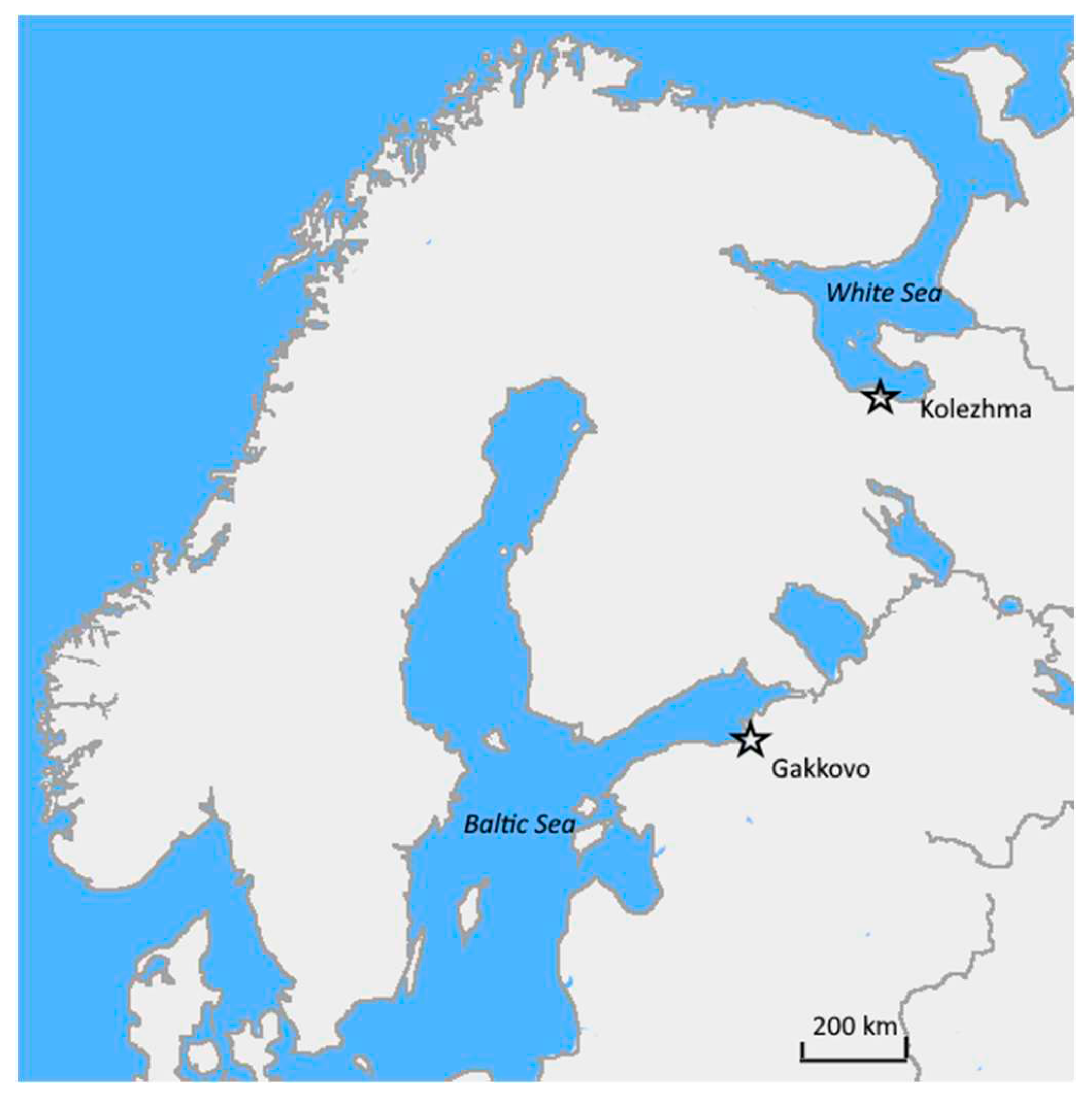
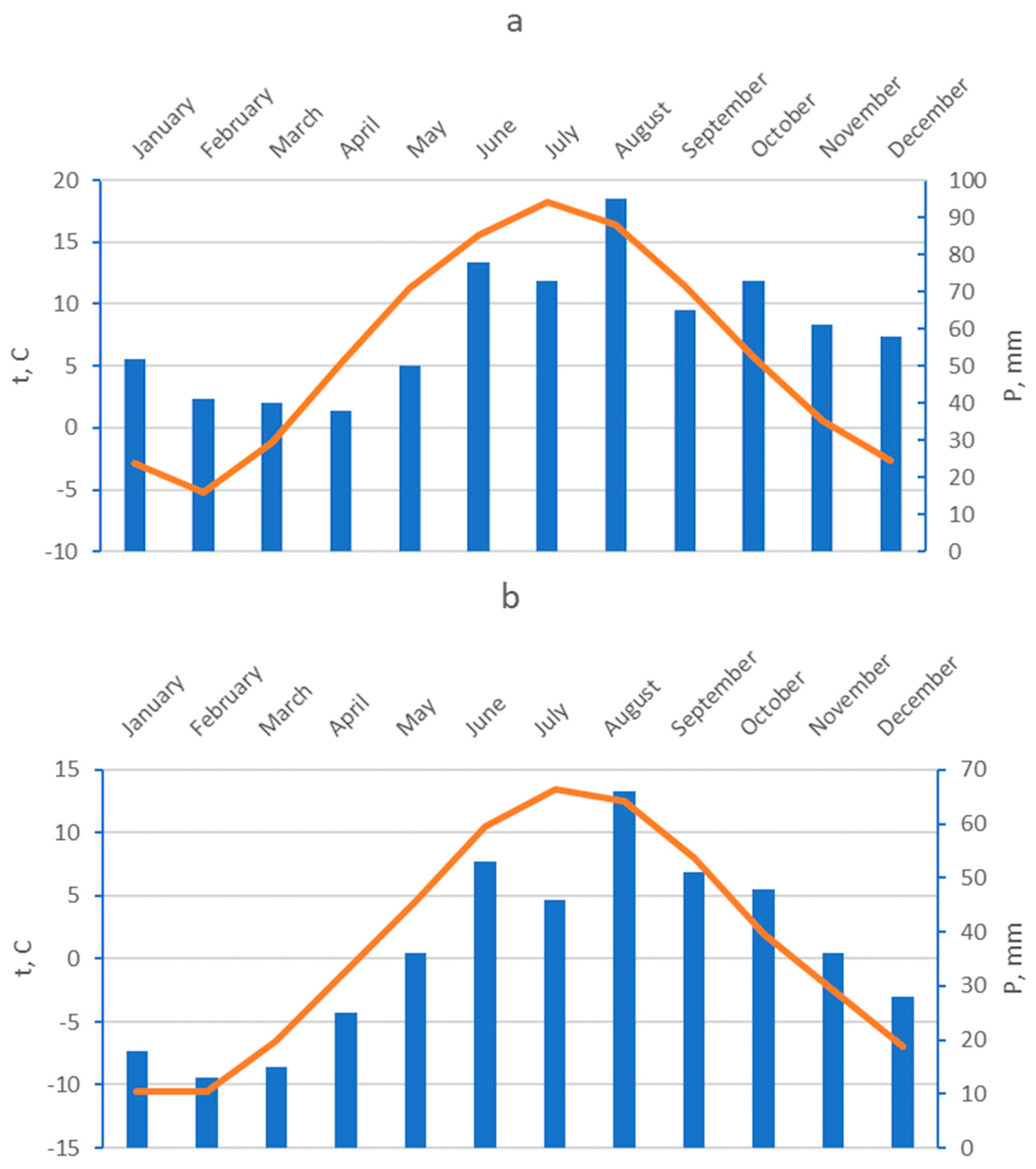
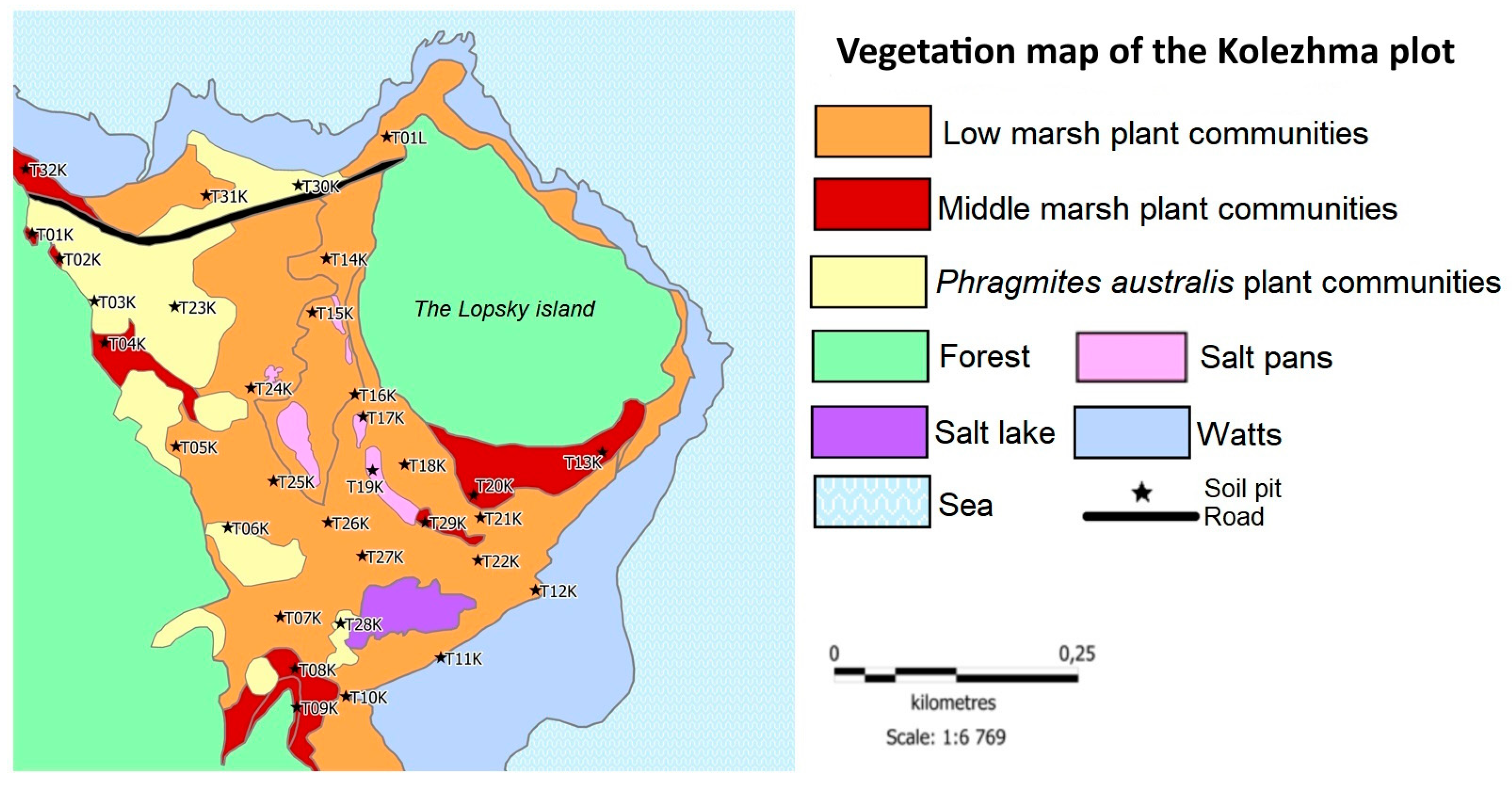
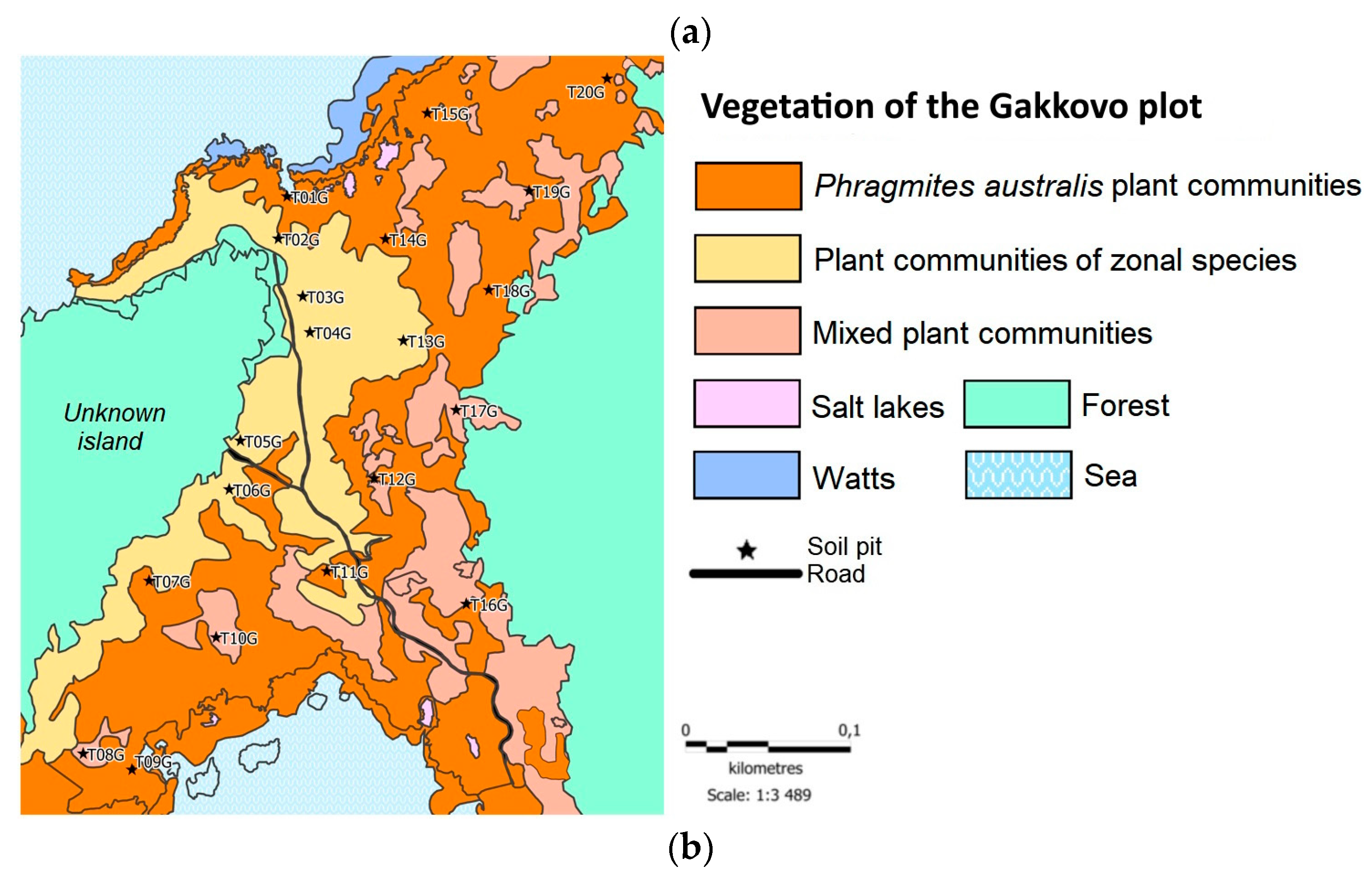
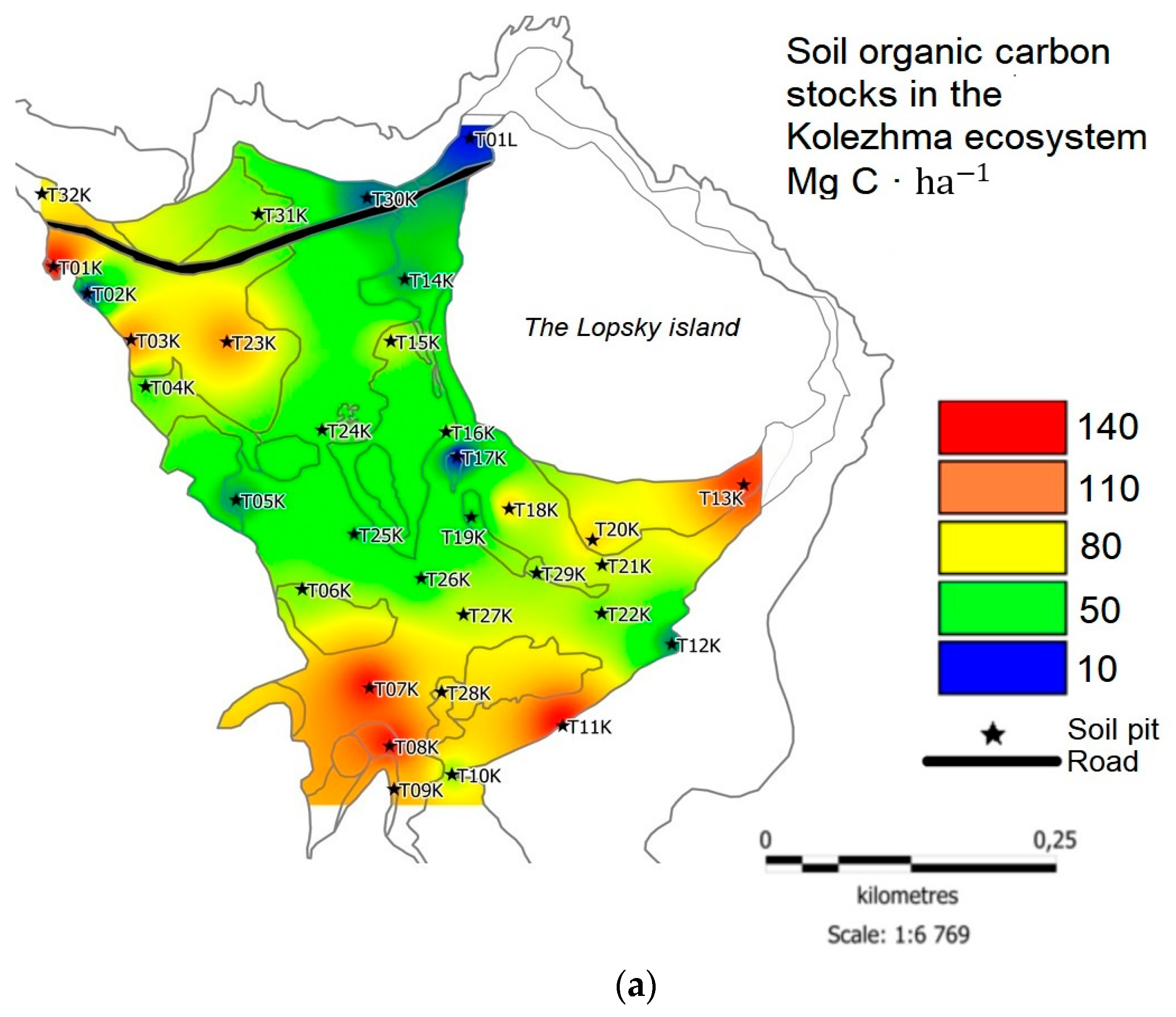
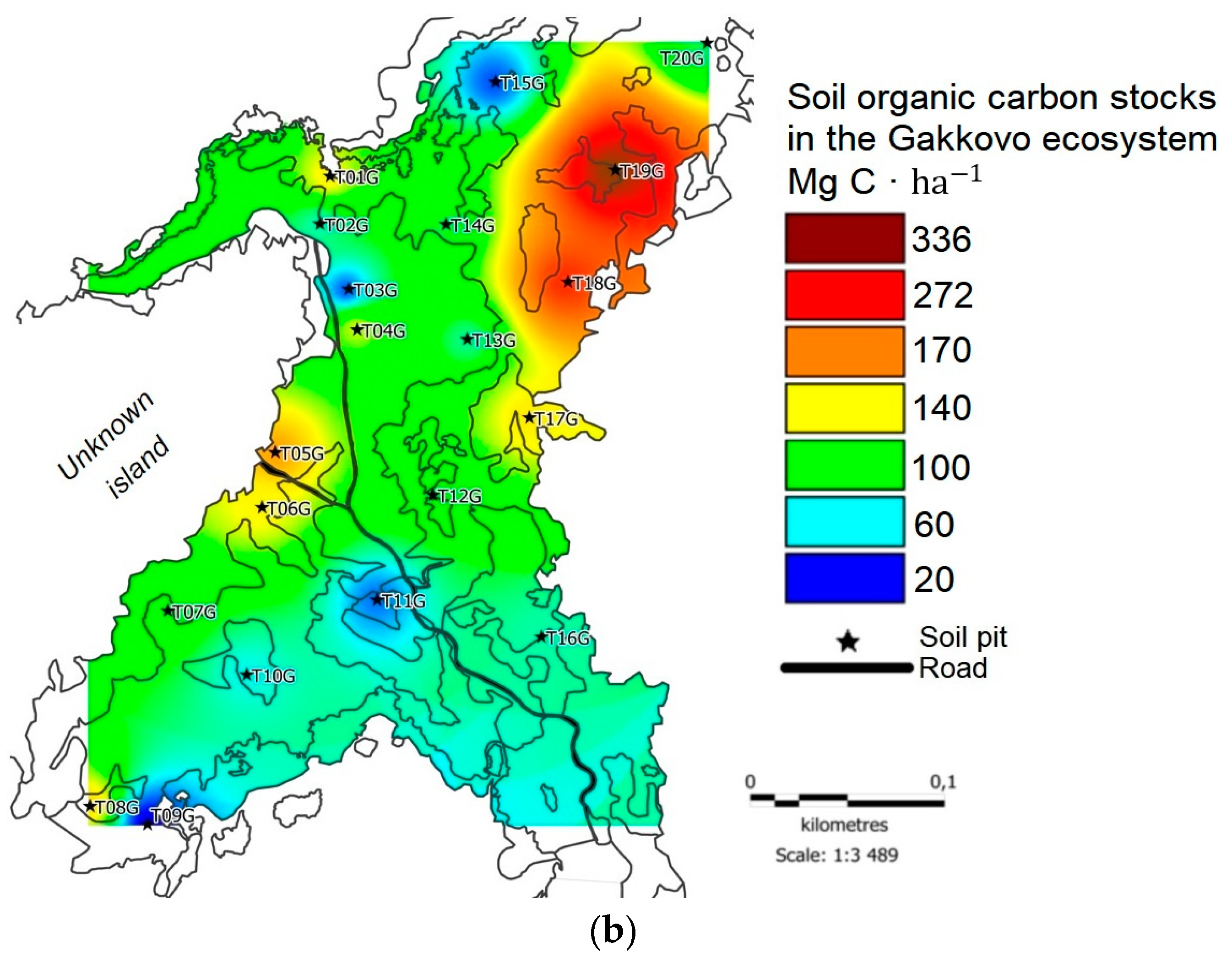
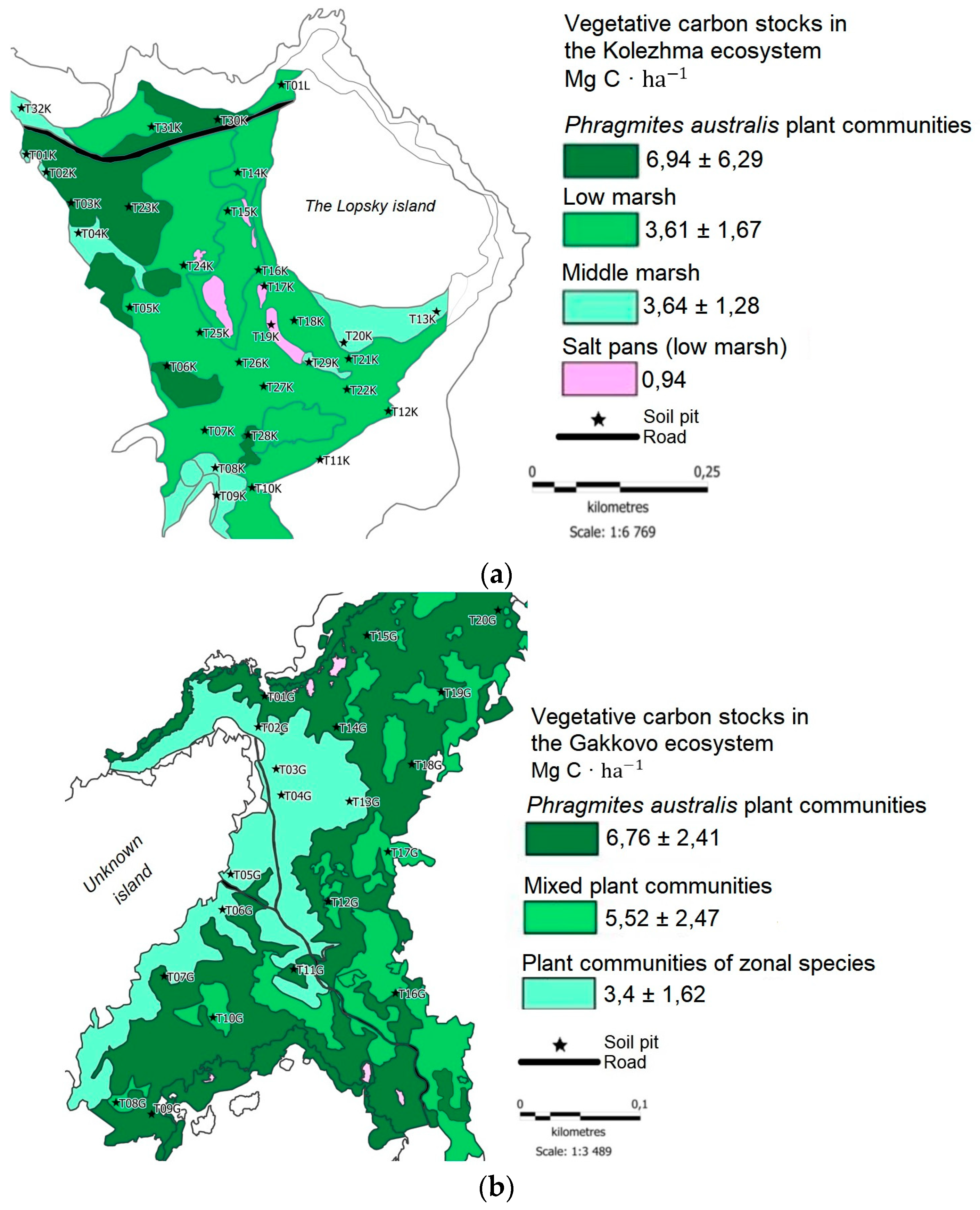
Disclaimer/Publisher’s Note: The statements, opinions and data contained in all publications are solely those of the individual author(s) and contributor(s) and not of MDPI and/or the editor(s). MDPI and/or the editor(s) disclaim responsibility for any injury to people or property resulting from any ideas, methods, instructions or products referred to in the content. |
© 2023 by the authors. Licensee MDPI, Basel, Switzerland. This article is an open access article distributed under the terms and conditions of the Creative Commons Attribution (CC BY) license (http://creativecommons.org/licenses/by/4.0/).




